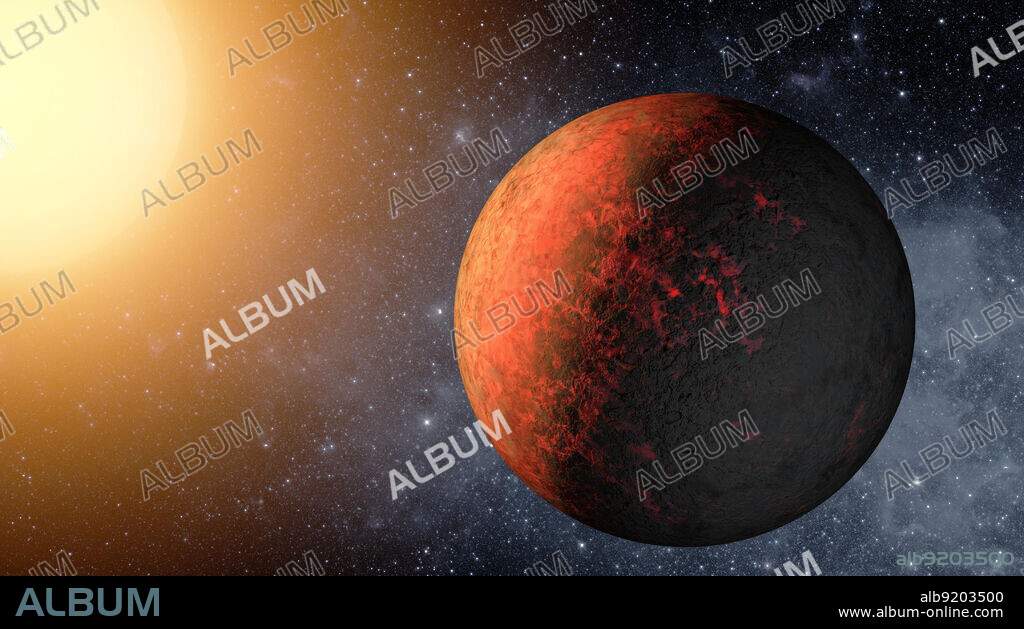alb9203500
Kepler-20e, Smallest Exoplanet

|
Añadir a otro lightbox |
|
Añadir a otro lightbox |



¿Ya tienes cuenta? Iniciar sesión
¿No tienes cuenta? Regístrate
Compra esta imagen.
Selecciona el uso:

Título:
Kepler-20e, Smallest Exoplanet
Descripción:
Ver traducción automática
Artist Concept. Kepler-20 star system, where NASA's Kepler mission discovered the first Earth-size planets around a star beyond our own. The system is jam-packed with five planets, all circling within a distance roughly equivalent to Mercury's orbit in our solar system. The two Earth-size planets, which are presumably rocky, are Kepler-20e and Kepler-20f, and the three larger gas planets are Kepler-20b, Kepler-20c and Kepler-20d. The arrangement of the planets from the closest to its star to the farthest is: b, e, c, f and d, with the ordering of the letters reflecting the time at which the planets were initially discovered. The Kepler-20 system is unusual in that the sizes of the planets alternate, with the closest in being large, followed by a small planet, and then continuing on with the planets switching back and forth in size. Astronomers are intrigued by this configuration because it completely differs from that of our solar system, where there is a clear separation between the four small, rocky inner planets, and the four giant, gaseous outer planets.
Crédito:
Album / NASA/Ames/JPL-Caltech / Science Source
Autorizaciones:
Modelo: No - Propiedad: No
¿Preguntas relacionadas con los derechos?
¿Preguntas relacionadas con los derechos?
Tamaño imagen:
No disponible
Tamaño impresión:
No disponible
 Pinterest
Pinterest Twitter
Twitter Facebook
Facebook Copiar enlace
Copiar enlace Email
Email
